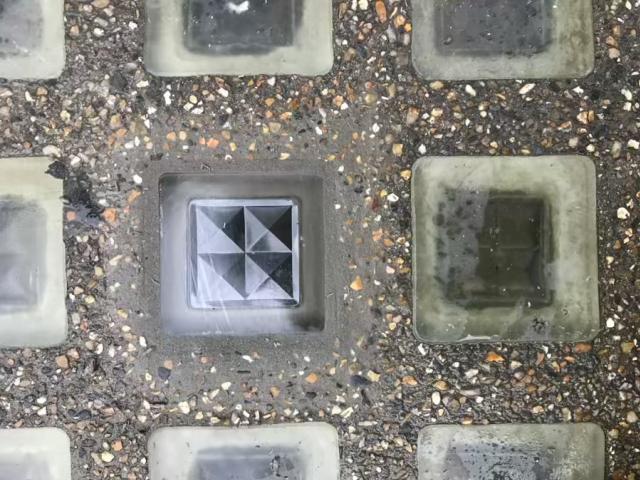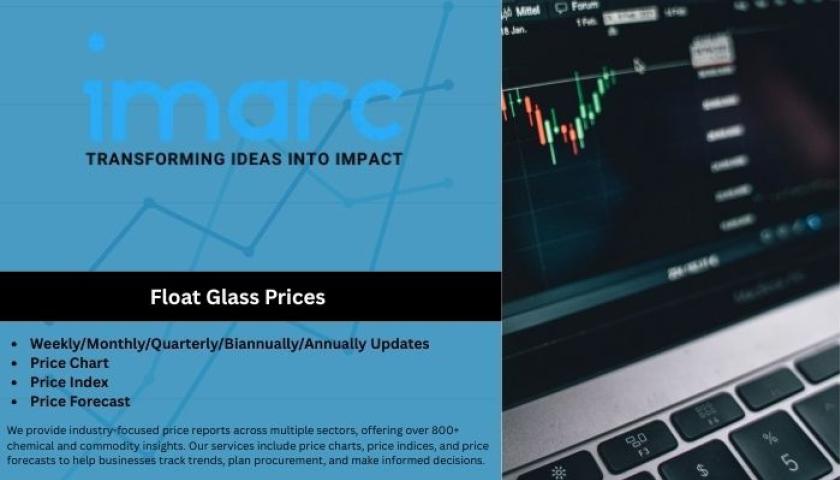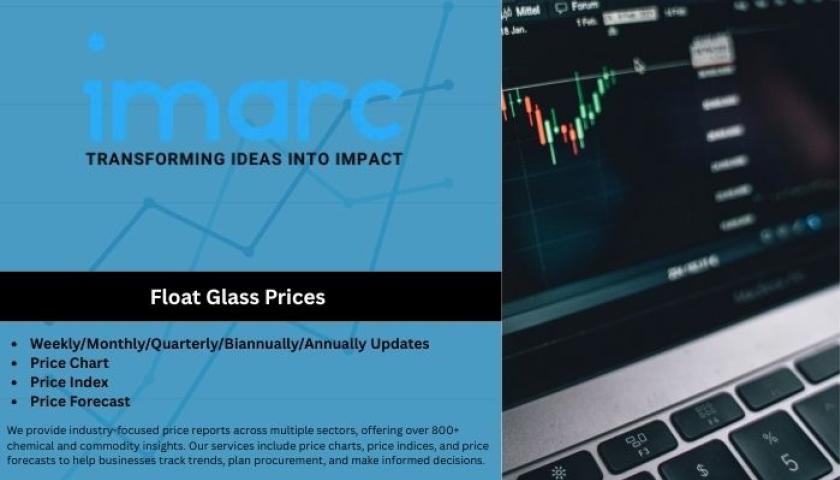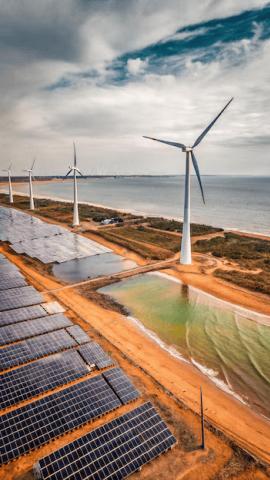The first major step in glass manufacturing is heating raw materials to their melting point. Sand, limestone, soda ash, and various other additives are heated to extremely high temperatures ranging from 2400 to 2700 degrees Fahrenheit in large furnaces. Natural gas burners or electricity provide the intense heat required to melt the mixture into a liquefied form. Proper mixing and uniform heating are crucial at this stage to achieve an homogenous melt for the next steps. The melted batch flows out of the furnace into nearby containers to begin cooling and prepare for further forming.
Forming and Molding Options
Once cooled slightly from its melted state, the glass can be formed into different shapes and products through various processes. One common method is floating glass where the molten glass is poured onto a tin bath and spread evenly through surface tension. This creates large sheets of flat glass ideal for windows, windshields, and glass doors. Another option is pressing the semi-molten glass into molds under pressure to create specific shapes. Bottles, jars, and other containers are manufactured this way. Glass tubing and fibers are drawn continuously from a heated furnace by rotating machines that pull and shape the molten glass into thin strands. Further cooling and treatments provide the desired properties for each end use.
Precision is Key in Advanced Manufacturing
For more intricate products with tighter tolerances, advanced Glass Manufacturing techniques are employed. Microchips, medical devices, and electronics require glass components with minimal variations and precise dimensions. Float shaping alone cannot provide the needed accuracy for these applications. Instead, mold pressing or machine tooling are utilized where robotic arms can handle the hot glass and place it carefully into custom designed molds. Computer aided systems monitor the placement, pressure levels, cooling rates and more to tightly control the forming process. Even minute flaws are not acceptable, necessitating sophisticated quality control along the production lines. Such precise glasswork enables new capabilities but comes at a higher manufacturing complexity and cost compared to traditional float glass production.
Further Finishing and coatings
Nearly all glass undergoes additional processing even after its initial formation. Internal stresses from the manufacturing are relieved through annealing, where the glass is reheated to just below its softening point then slowly cooled to strengthen its molecular structure. Further cutting, grinding, and polishing provide the final shape and smooth surfaces. A protective coating may be applied through sputtering or other deposition methods to improve characteristics like strength, insulation values, or self-cleaning abilities. Photovoltaic cells are integrated for solar panel glass while touch displays require bonding to transparent electrodes. All these extra steps expand the functionality and performance of the basic glass material for the final end use.
Quality Control is Constant
No matter the size or complexity of a glass plant, quality control remains an essential function. Regular testing throughout the manufacturing line identifies any deviations from specifications before they impact large quantities of production. Properties like thickness uniformity, refractivity, contaminants, and visual flaws are routinely measured through instruments and visual inspections. Sample batches undergo a battery of tests in control laboratories including thermal shock resilience, scratch resistance, chemical durability and more. Data analytics tools now enable monitoring of trends to spot early warning signs if the glassmaking process begins to drift out of tolerance. Constant vigilance is required as even minor issues can render an entire glass sheet or container batch unusable if left undetected. Quality is ultimately what differentiates premium glass products in the marketplace.
Sustainability Efforts Pay Dividends
As with any industrial process, glass manufacturing carries an environmental impact that producers aim to minimize. Recycling cullet or previously manufactured glass saves significant energy by reducing the need for raw material mining and melting. State-of-the-art furnace designs maximize heat recovery and energy efficiency. Alternative fuel use like waste tires or used cooking oils help displace traditional fossil fuels. Strict emissions controls capture pollutants while advanced water treatment systems ensure wastewater meets regulations before being released. Investments in sustainability make business sense as well—reduced power and material costs enhance profitability while positive environmental stewardship attracts customers looking to make greener purchasing choices. The glass industry continues driving progress on numerous eco-friendly fronts.
Innovation is Key for the Future
With nearly 150 years of commercial glassmaking history, constant innovation remains crucial for companies to stay competitive. New furnace technologies push melting and forming capabilities to even higher levels of quality, speed and flexibility. Advanced glass chemistries create tailored optical, insulation or safety properties for emerging sectors. Precision manufacturing allows micro-scale glass components for biomedical and electronics applications. Computer modeling and 3D printing enable rapid prototyping of experimental designs. Startups aggressively pursue disruptive technologies while industry leaders invest heavily in R&D. From renewable energy to augmented reality, the glass industry passionately supports development that enables new frontiers and economic opportunities. Only through continuous innovation can this foundation material remain at the forefront of technology and daily life for centuries to come.
Glass manufacturing encompasses an intricate, multi-step process from raw material preparation and precise melting to various forming options, quality controls and finishing treatments. Constant innovation and focus on sustainability help this strategically important industry progress while meeting growing global demand with higher value added products. Glass's optical transparency, thermal resistance and versatile forming capabilities ensure its continued importance across many technologies, structures and everyday consumer items into the future.
Get More Insights on- Glass Manufacturing
For Deeper Insights, Find the Report in the Language that You want:
About Author:
Money Singh is a seasoned content writer with over four years of experience in the market research sector. Her expertise spans various industries, including food and beverages, biotechnology, chemical and materials, defense and aerospace, consumer goods, etc. (https://www.linkedin.com/in/money-singh-590844163)












